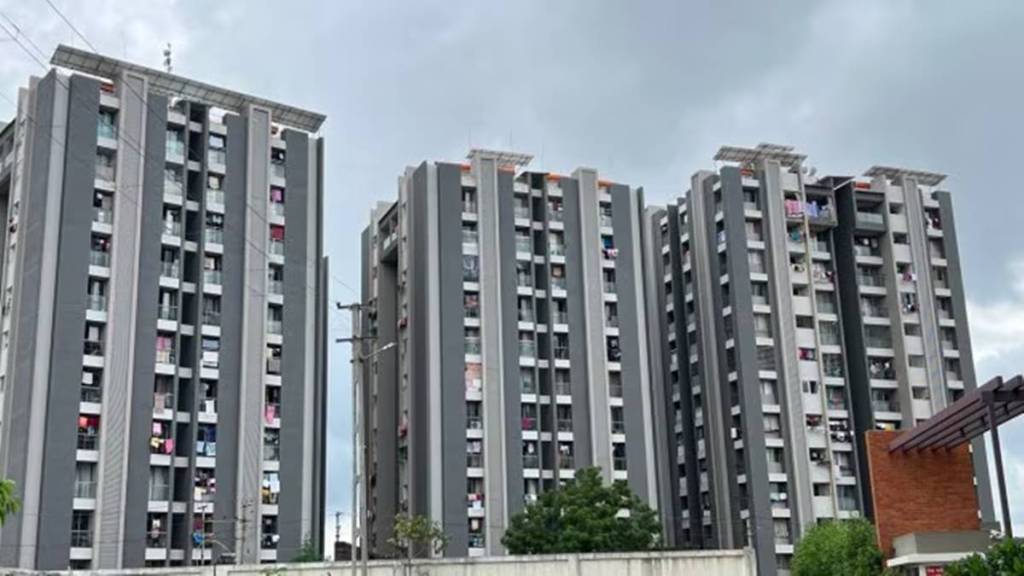– By Sunil Sisodiya
As the Reserve Bank of India’s three-day Monetary Policy Committee meeting comes to a close on 6th December 2024, the realty sector is keenly observing potential policy outcomes. The industry is sensitive to interest rate changes and has its own expectations and apprehensions for the repo rate, which is presently at 6.5%.
Current Situation and Background
In the near-past RBI has kept the repo rate steady, inflationary curbs with supporting growths. Prolonged suspension of further rate hike in itself had already done so much good to the prospective home buyers and developers. However, growing borrowing costs since 2022 did slow down the affordable housing growth gradually; hence, rate cuts or sustained stability are required to start growth momentum again.
Key Expectations
1. Stable or Declining Repo Rates: The sector would look for either a rate cut or continued stability. Repo rates, as translated, lead to lower home loan interest rates, which directly help increase the affordability of housing. Developers, particularly in the affordable housing space, are looking at cuts to trigger demand.
2. Increase in Consumer Sentiment: Affordability indices are under pressure at present because of inflation and high EMIs. Rate cut would boost consumer sentiment. Real estate experts opine that even if status quo is maintained, the trend of residential sales would continue upwards, which increased by about 15% year on year in 2023.
3. Affordability: This segment is very important in catering to the housing needs of India and has borne an unfair brunt of rate hikes. A rate cut would bring much-needed relief as affordable housing demand is closely linked with financing costs. Further, cheaper rates might encourage developers to start new projects.
4. Impact on Commercial Real Estate: The commercial segment, reliant on corporate investments and the growth of the economy, is also impacted by trends in interest rates. If the trend is stable or cut rates, there might be more investment in offices, warehousing, and co-living projects-those segments that have proven rather resilient even after the pandemic.
5. Long-Term Financing Options: Beyond rate cuts, the industry wants measures to increase liquidity and enhance access to cheap credit for developers. Streamlining construction finance would complement the repo rate policies, which are favorable.
Challenge and Limitation
Inflationary Tensions: Even if rate cuts are desired, it will also depend on how inflation is behaving. Persisting core inflation may mean that the central bank would not be able to cut rates anytime soon.
International Economic Environment: The RBI will be guided by the international trend of increasing global interest rates and geopolitical uncertainty.
Broader Economic Effect
Real estate contributes more than 7% to India’s GDP. This sector has great influence in terms of employment generation and investments. A proper repo rate policy can spark not only housing sales but also the overall economy and growth in ancillary sectors, such as construction, steel, and cement.
In conclusion, the RBI will now shape the real estate’s growth trajectory for 2025 with its upcoming announcements. While stakeholders expect things to remain status quo, any dovish surprise in the form of a rate cut would amplify growth prospects-especially for affordable housing and commercial projects. A balanced approach by RBI that anchors inflation control with incentives to growth will be required to sustain recovery.
(Sunil Sisodiya is the Founder of Geetanjali Homestate.)
(Disclaimer: Views expressed are personal and do not reflect the official position or policy of Financial Express Online. Reproducing this content without permission is prohibited.)

